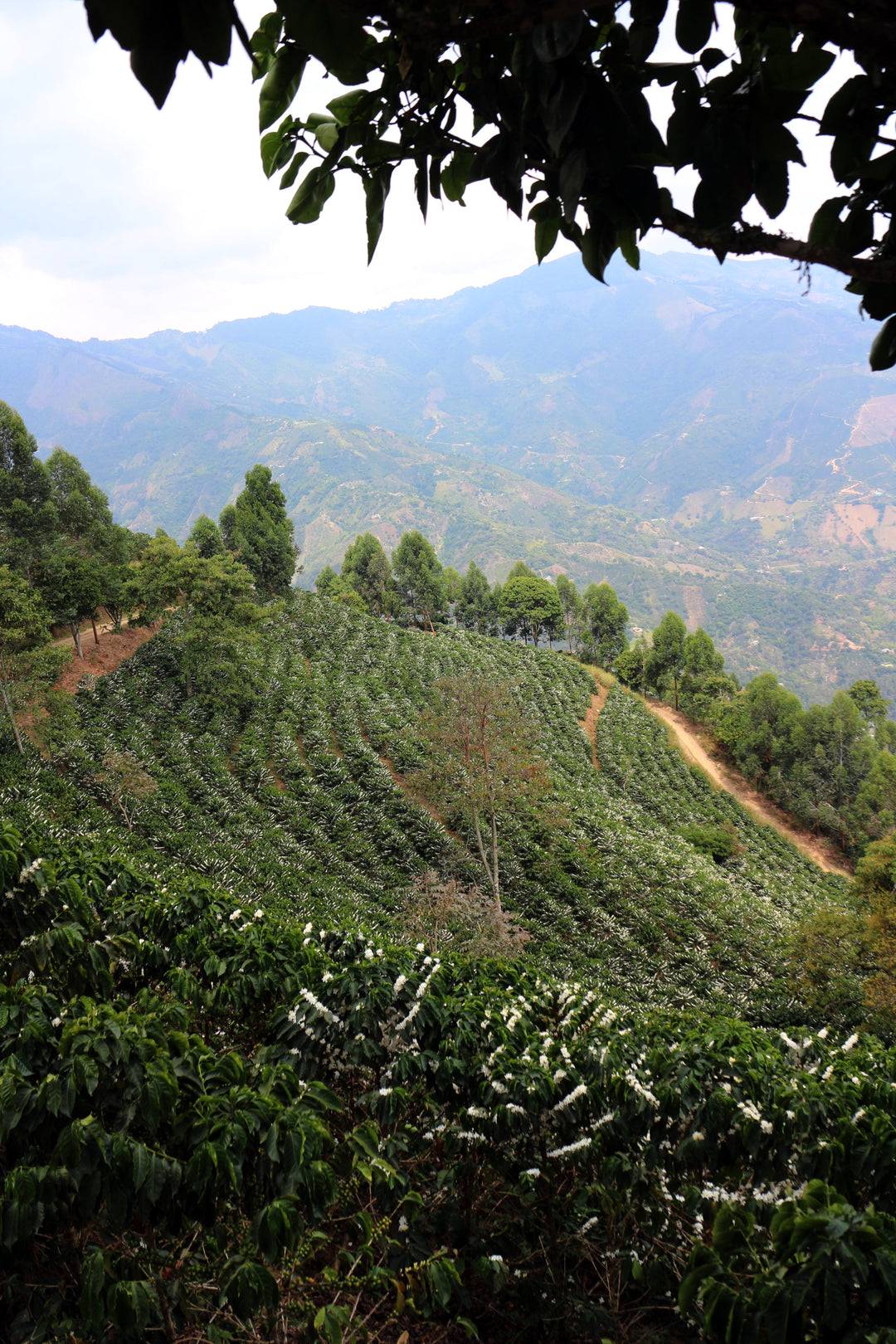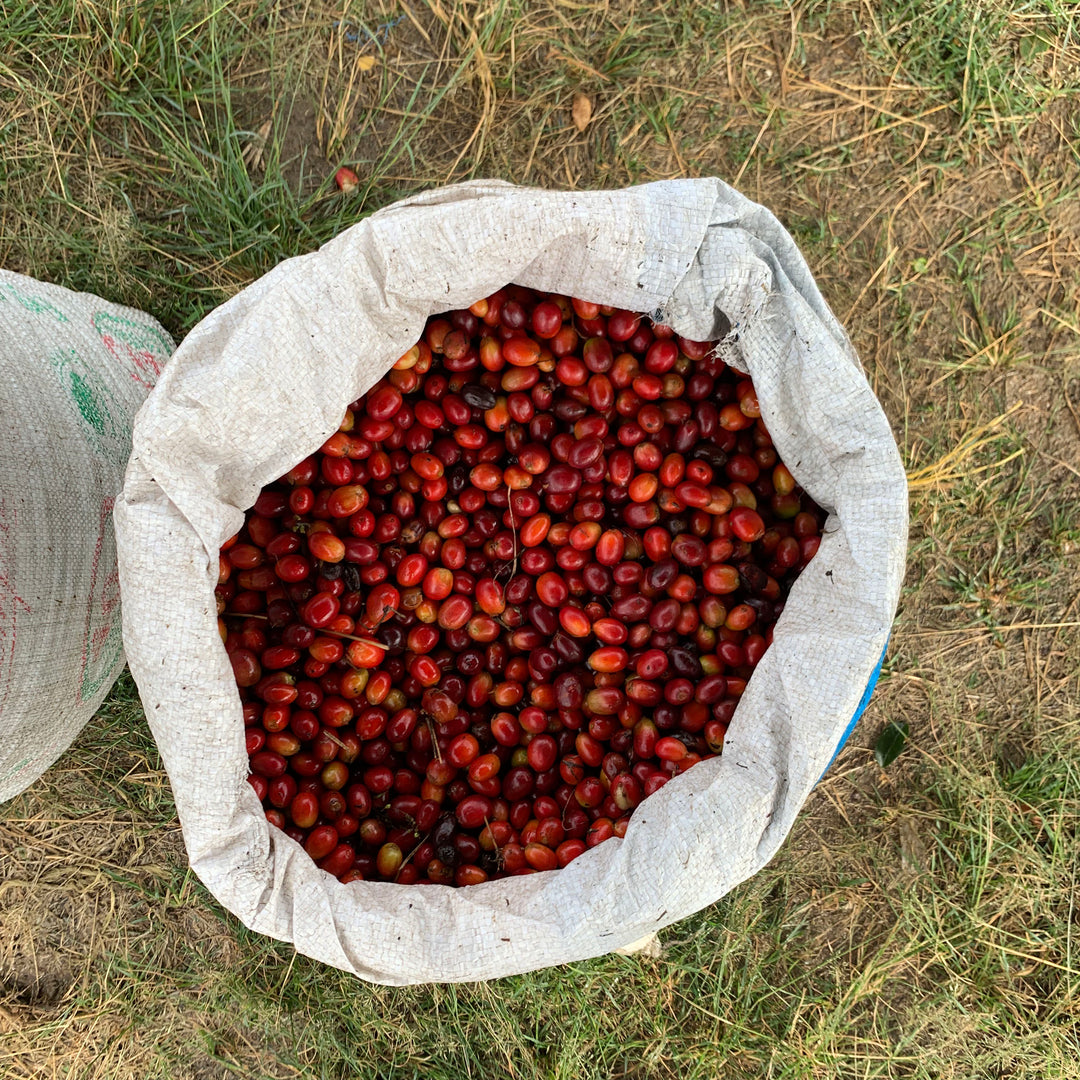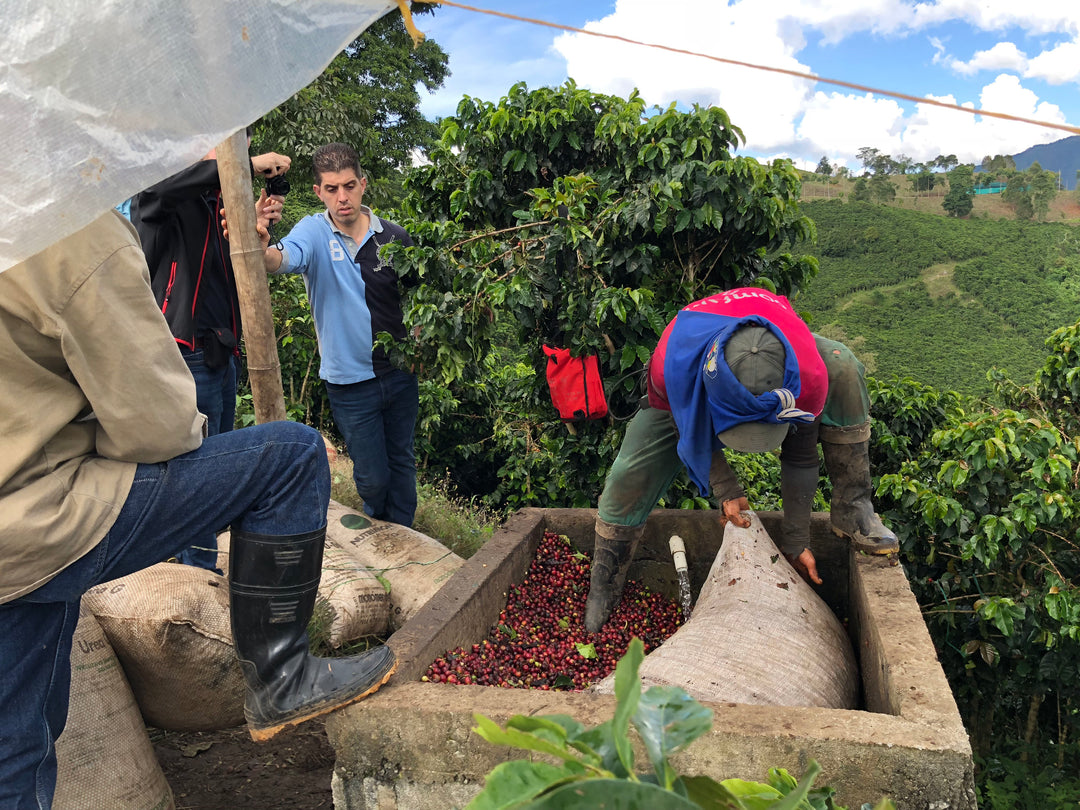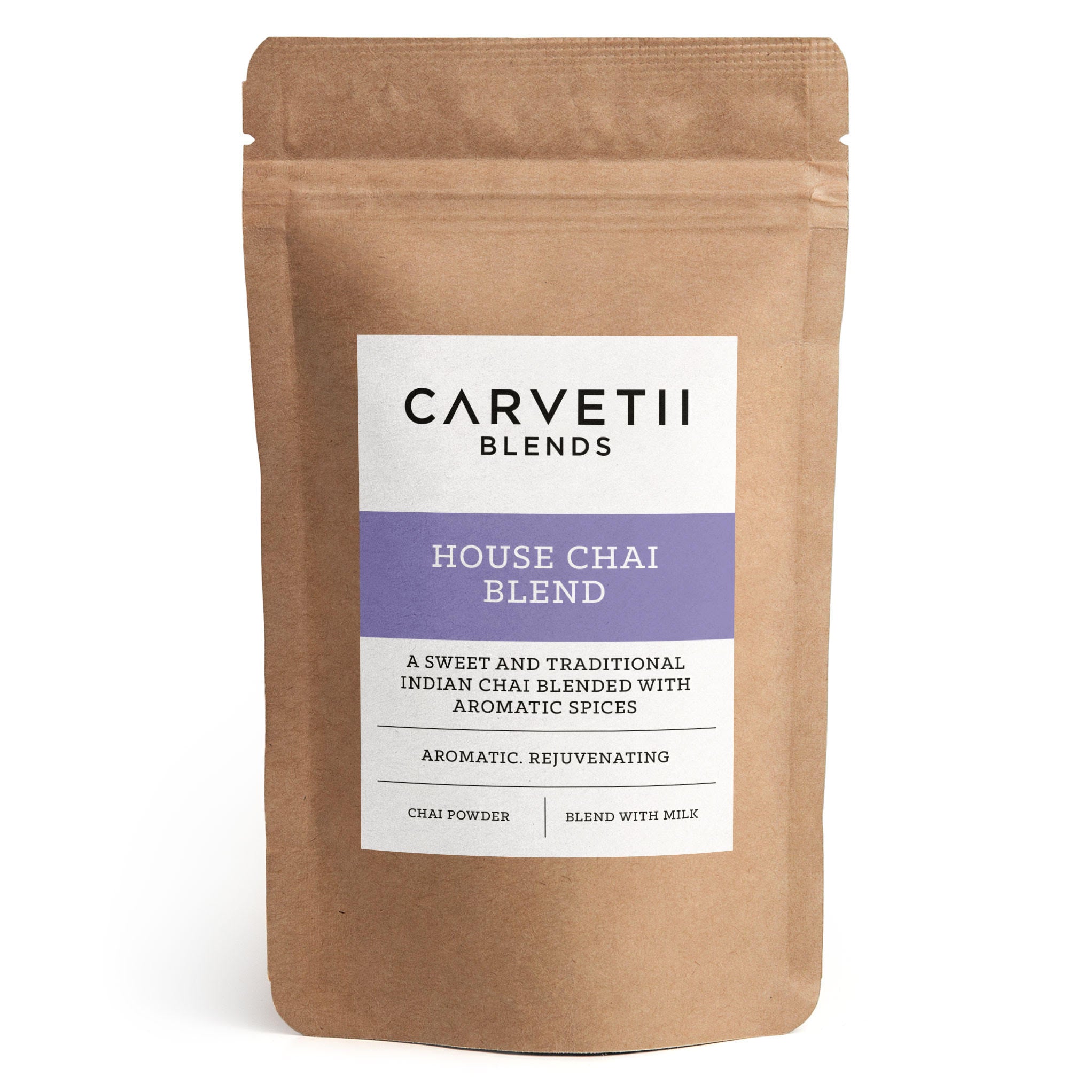Agualinda
Our seasonal coffees each come with their own story, which is part of what makes them so special. Here we take a closer look at the producers of this coffee.
THE FARM
Agua Linda, due to its altitude, has a beautiful view over the Sabaletas canyon, which is why business meetings are always conducted at the main house. The farm has a new dormitory for pickers and a renovated main house that is around 150 years old. The coffee is then wet milled in La Joyeria, the farm’s primary wet mill, and its production is kept separate from the other farms.

The Facts
Varietals: Colombia
Processing: Extended Fermentation
Altitude: 1,850 metres


HARVESTING & PROCESSING
Agualinda’s coffee is selectively hand harvested and then brought up to the highest part of the road using cable cars. From there, it is delivered to the family’s mill, La Joyería. The practice of Extended Fermentation came about because of the low temperatures in this region, requiring longer fermentations for the coffee to achieve the ideal amount of mucilage reduction. Yet, this method can result in significant risks if pH, temperature, and other variables are not closely monitored. Therefore, Pergamino have refined and perfected the Extended Fermentation process thanks to local knowledge and various trials.
For this lot, after the cherries are delivered to the mill, they are submerged in water to remove the floaters, or lower quality cherries. Fermentation follows, to begin the breakdown of the fruit and development of sugars in the coffee, the cherries sit for one day. Next, the cherries are pulped to remove the external fruit, and the coffee is covered with water and left to ferment for 4 – 5 days. After this extended fermentation, the coffee is dispersed on raised beds in the open sun to try for 10 – 15 days, or until the ideal moisture content is reached. Once dried, the coffee is bagged and delivered to the Pergamino dry mill in Medellín.



